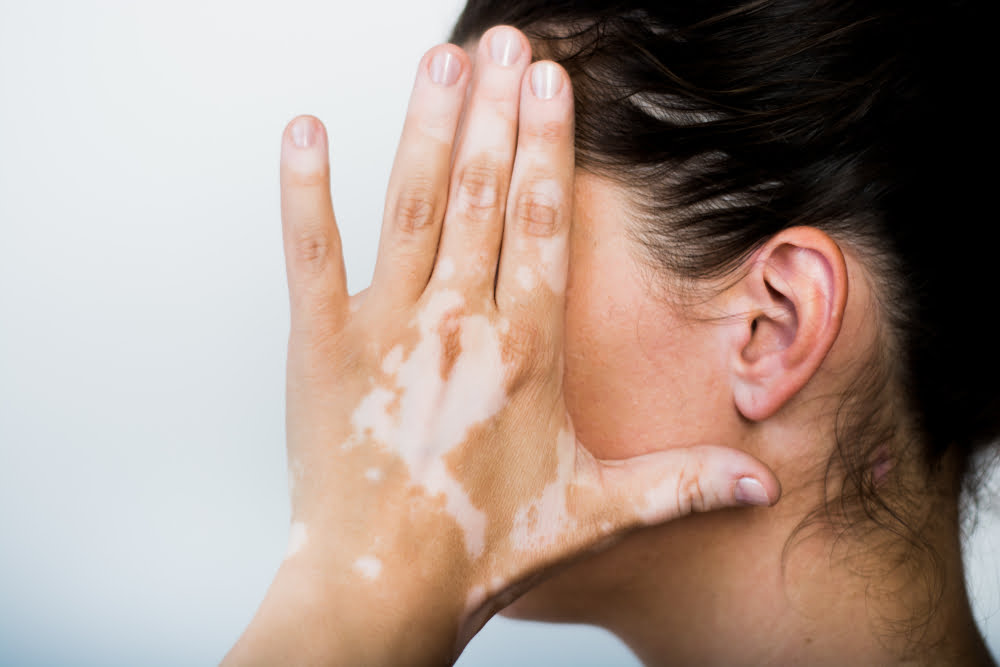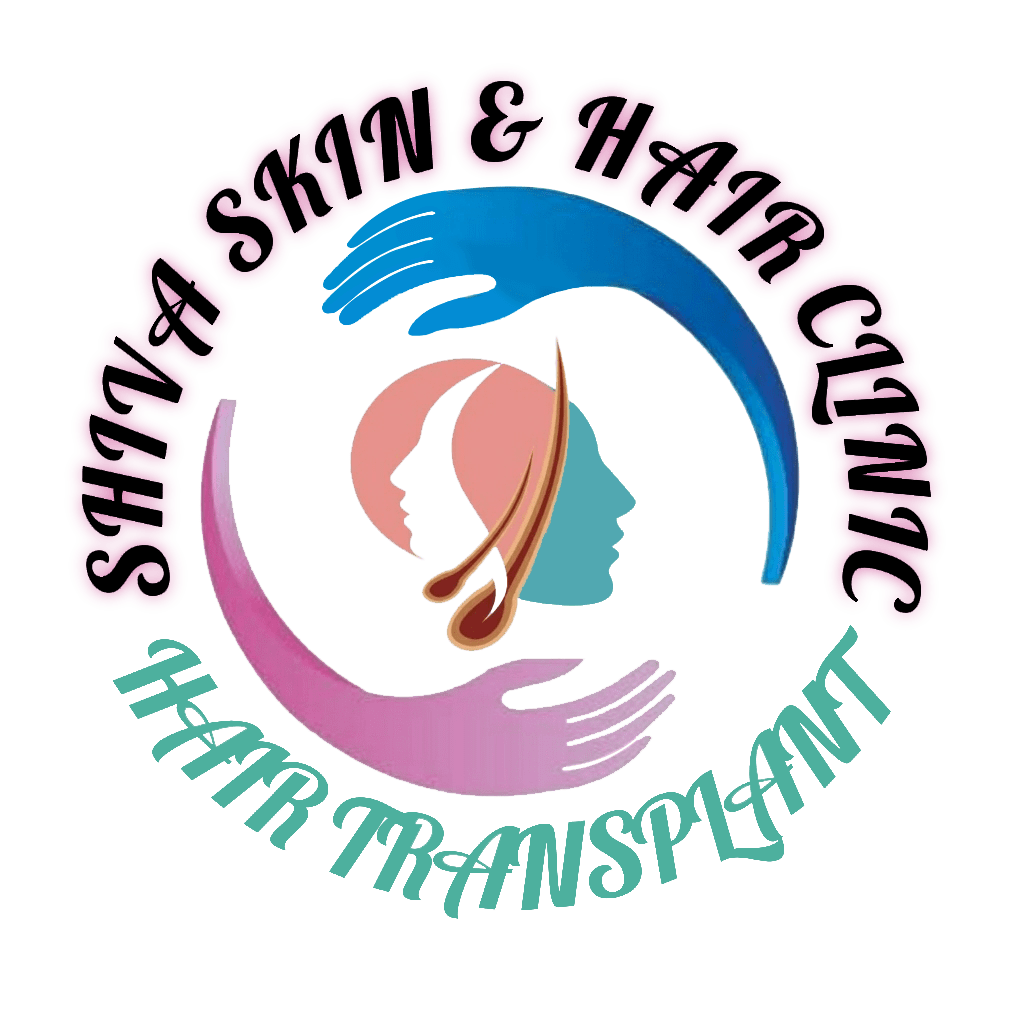Vitiligo – Medical and Surgical Treatment
Skin Treatments
Other Treatments
Have Any Question?
In case you wish to avail of the services from Dr. Shailesh Singh you could contact him via the following means
Request a Call Back

What is vitiligo?
Vitiligo is a skin condition in which the pigment-producing cells of the skin, called as ’melanocytes’ are destroyed. Melanocytes produce ’melanin ’that imparts brown colour to skin, so loss of these cells leads to loss of the colour causing white patches.
How can one get vitiligo?
The exact cause of vitiligo is not known.vitiligo is an autoimmune disease with underlying genetic predisposition.
There are three theories on the causation:-
- malfunction of the nerves may cause deranged nerve supply and subsequent damage to melanocytes.
- sometimes,the body destroys its own tissue perceiving it as being foreign. This is known as an autoimmune reaction, which may also be the cause of melanocyte damage.
- Some reasearchers believe that melanocytes can self-destruct and certain triggers e.g. trauma may trigger this self-destruction.
Is vitiligo hereditary?
Vitiligoaffects approximately 1% of the population.the inheritance pattern is complex since vitiligo is caused by multiple factors.on average it has been found that 20-30% of all vitiligo patients have at least one close relative afflicted by the disease.
How can vitiligo be treated?
The goals of treatment are to control the spread of disease and to regenerate pigmentation in the areas that have lost the same. Treatment choice is based on number, site and extent of involvement and patient convenience. Also supportive camouflage treatment helps to reduce social problems while the patient is on corrective therapy. Various treatment options
Medical treatment
Medical treatment includes oral medications and topical creams which may achieve the objective of stopping the spread of disease and regaining pigmentation in most areas.
UV Therapy
Ultraviolet light therapy includes exposing the affected area to ultraviolet A (WA) or Ultraviolet B (UVB) therapy. UVA therapy is usually given along with a drug called as psoralen. The drug is used orally or can be applied topically and the affected area is then exposed to UVA light. Narrow Band IJVB light (NB-UVB) is usually given by making the patient stand in a light box or by exposing a localised area to a focussed beam of NB-UVB light. Multiple sessions of UV light therapy are required at a frequency of two-three sessions per week.
Surgical Therapy
Surgical treatments include taking skin grafts from a person’s own body and transplanting the entire skin or the melanocytes (colour producing cells) in the affected area. This is usually done when the disease is stable i.e. not increasing in size or number. Various surgical grafting modalities are punch grafting, blister grafting, smash grafting and melanocyte transfer surgery.
Tattooing
Tattooing of the vitiligenous skin and cosmetic camouflage can help to cover the white patches.
Skin protection
Protecting the vitiligenous skin against sun exposure is important and can be achieved by using sunscreens and wearing full sleeved clothes.
Counselling
Understanding the innocuous and cosmetic nature of disease can help to prevent psychological distress. It is also important to understand the limitations of therapy in providing a complete regimentation. Working with, and supporting the doctor through the prolonged therapeutic course gives better results.
How can vitiligo be treated children?
- Vitiligo can occur in young children. There are fewer treatment options in children as compared to an adult.
- NB-UVB can be used in children, but Psoralen and UVA light is recommended only above the age of 12 years.
- Tropical creams and lotions can be used but this has to be done strictly under the supervision of a dermatologist.
FAQ on Vitiligo Treatment
No.vitiligo is not transmissible to family members or contacts.
There are reports of pigment loss shortiy after an emotional stress,psychological crisis or some major illness.
Sometimes a physical trauma to an area may lead to thedevelopment of the disease in that area.
Diet does not appear to play any role in the appearance or continuation of the disease.
Vitiligo is not contagious, which means that it does not spread by touch.
Vitiligo presents as asymptomatic white or off-white patch on the skin.the hair overlyin the area may also lose colour and become white.other than the loss of colour,a skin affected by vitiligo appears completely normal.
Vitiligo can affect skin at different areas of the body.depending on the area of involvement, different types of vitiligo are seen.
a.Lip-tip vitiligo: involvement of the lips and the tips of the finger /toes.
b.Segmental vitiligo: involvement of an area of body in a linear fashion.
c.Focal vitiligo: involvement of small-localized area of skin.
d.Generalized vitiligo: involvement of a large area body.
All white patches on skin are not vitiligo. A dermatologist can help in differentiating between various types of white patches.
A dermatologist will also suggest the optimal mode of therapy and counsel the patient and his/her family about the disease.
Vitiligo is an autoimmune disease and therefore, as with any other autoimmune disease, it cannot be fully cured.
Treatment can slow its progress and in many cases prevent further spread of the disease; however the disease may recur after stopping the treatment.
Vitiligo can be treated effectively if a person consults a dermatologist at very early stage.
Proper treatments with regular follow up increase the chances of complete pigmentation.
Yes. A person with vitiligo can marry.
Vitiligo is not contagious and therefore any individual afflicted with this condition does not need to abstain from any activity involving physical contact.
In case of a school going child, the teachers, support staff of school and parents of other children need to be sensitized about the innocuous nature of the disease and special care should be taken by the school to prevent psychosocial harassment ofthe child by his/her peers.

